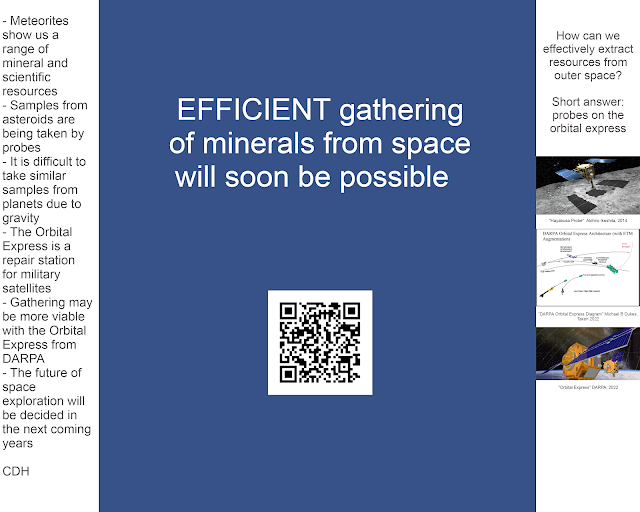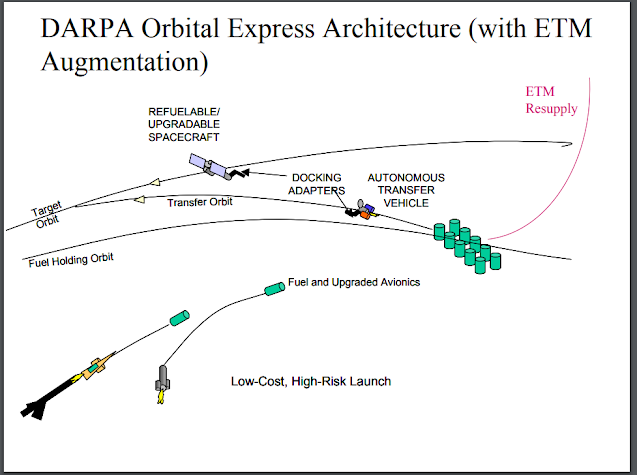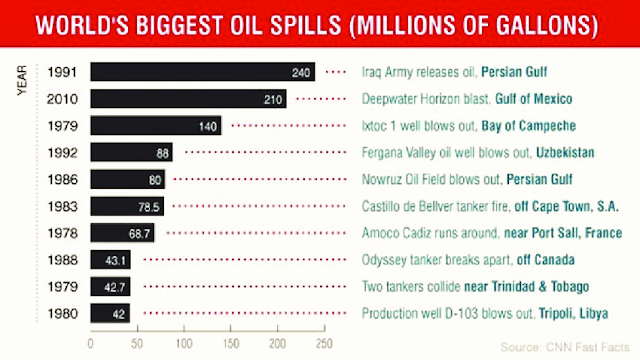Survive The Build
For the final action project of my humanities class "Endurance" I am asked to guide myself in the future. Kind of like a time capsule of my plans for the future I am to create a guide for the future. I'm not the type of person to plan ahead, more of the spur of the moment type so my plans are a bit vague. To be honest its a bit too open as I have no idea what's in store for me in college or in life but here it goes. My guide for myself going forward: I'm not the best at goodbyes but this will probably be my last post on here as soon I will be graduating and heading to college. I appreciate the time spent reading and hope you have a good day, night, or whenever you are reading this. -CDH



